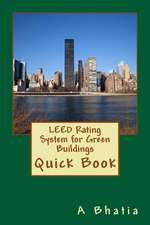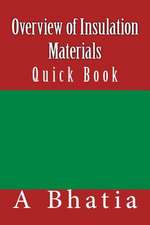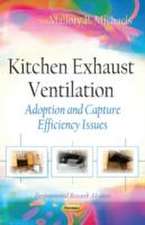Alternatives to Active HVAC Systems
Autor A. Bhatiaen Limba Engleză Paperback
Preț: 390.59 lei
Nou
Puncte Express: 586
Preț estimativ în valută:
74.74€ • 78.24$ • 61.84£
74.74€ • 78.24$ • 61.84£
Carte disponibilă
Livrare economică 17-31 martie
Preluare comenzi: 021 569.72.76
Specificații
ISBN-13: 9781508586609
ISBN-10: 1508586608
Pagini: 84
Dimensiuni: 152 x 229 x 4 mm
Greutate: 0.12 kg
Editura: CREATESPACE
ISBN-10: 1508586608
Pagini: 84
Dimensiuni: 152 x 229 x 4 mm
Greutate: 0.12 kg
Editura: CREATESPACE



















